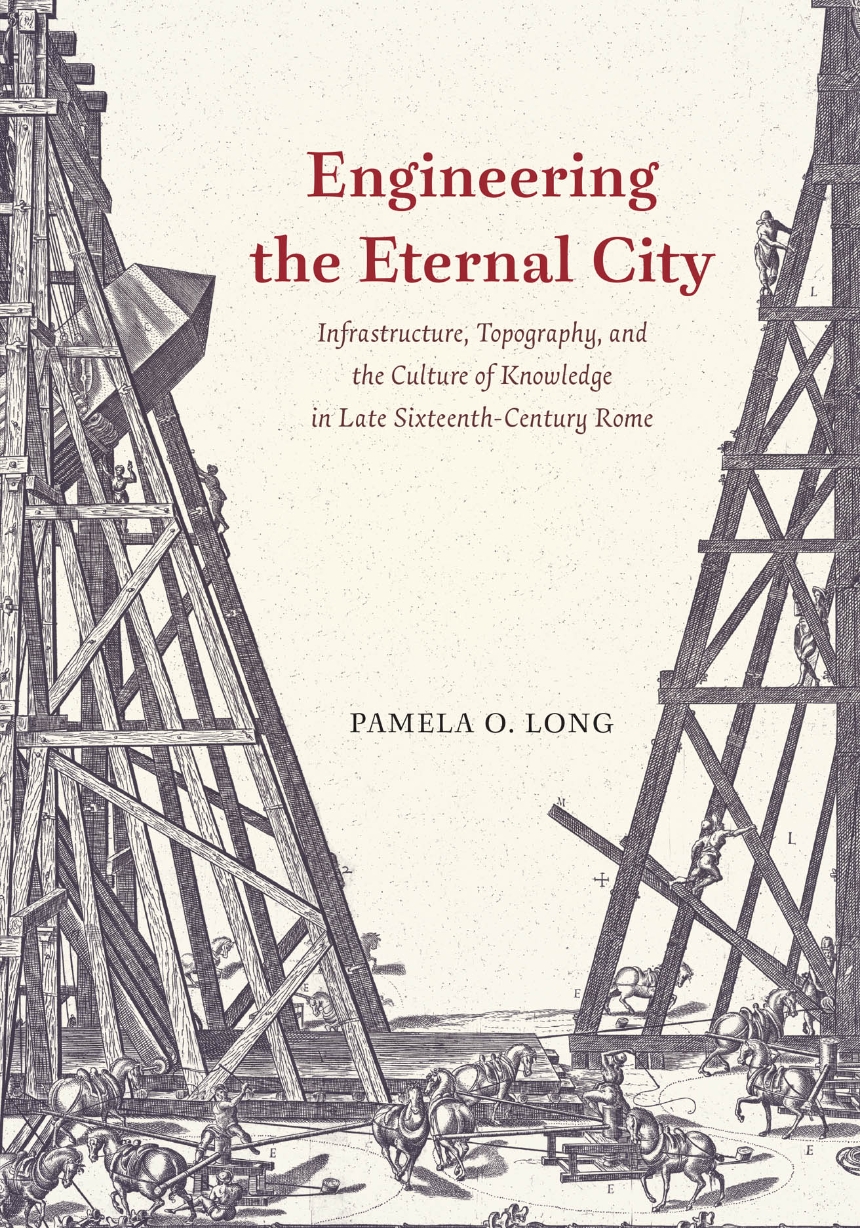Engineering the Eternal City
Infrastructure, Topography, and the Culture of Knowledge in Late Sixteenth-Century Rome
Engineering the Eternal City
Infrastructure, Topography, and the Culture of Knowledge in Late Sixteenth-Century Rome
This portrait of an early modern Rome examines the many conflicts, failures, and successes that shaped the city, as decision-makers tried to control not only Rome’s structures and infrastructures but also the people who lived there. Taking up visual images of the city created during the same period—most importantly in maps and urban representations, this book shows how in a time before the development of modern professionalism and modern bureaucracies, there was far more wide-ranging conversation among people of various backgrounds on issues of engineering and infrastructure than there is in our own times. Physicians, civic leaders, jurists, cardinals, popes, and clerics engaged with painters, sculptors, architects, printers, and other practitioners as they discussed, argued, and completed the projects that remade Rome.
368 pages | 73 halftones | 7 x 10 | © 2018
Architecture: History of Architecture
Geography: Urban Geography
History: European History, History of Technology, Urban History
Reviews
Table of Contents
Author’s Note
Introduction: Rome: Portrait of the Late Sixteenth-Century City
1 Troubled Waters: The Tiber River
2 The Streets and Sewers of Rome
3 Repairing the Acqua Vergine: Conflict and Process
4 Contested Infrastructure
5 Roman Topography and Images of the City
6 Maps, Guidebooks, and the World of Print
7 Reforming the Streets
8 Engineering Spectacle and Urban Reality
Conclusion: A City in Transition
Acknowledgments
List of Abbreviations
Notes
Bibliography
Index
Awards
Casa delle Letterature (Rome) and the Center for Fiction (New York): Bridge Book Award
Won
American Catholic Historical Association: Helen and Howard R. Marraro Prize in Italian History
Won
Society for the History of Technology (SHOT): Sidney Edelstein Prize
Won
Society of Architectural Historians: Spiro Kostof Book Award
Won
